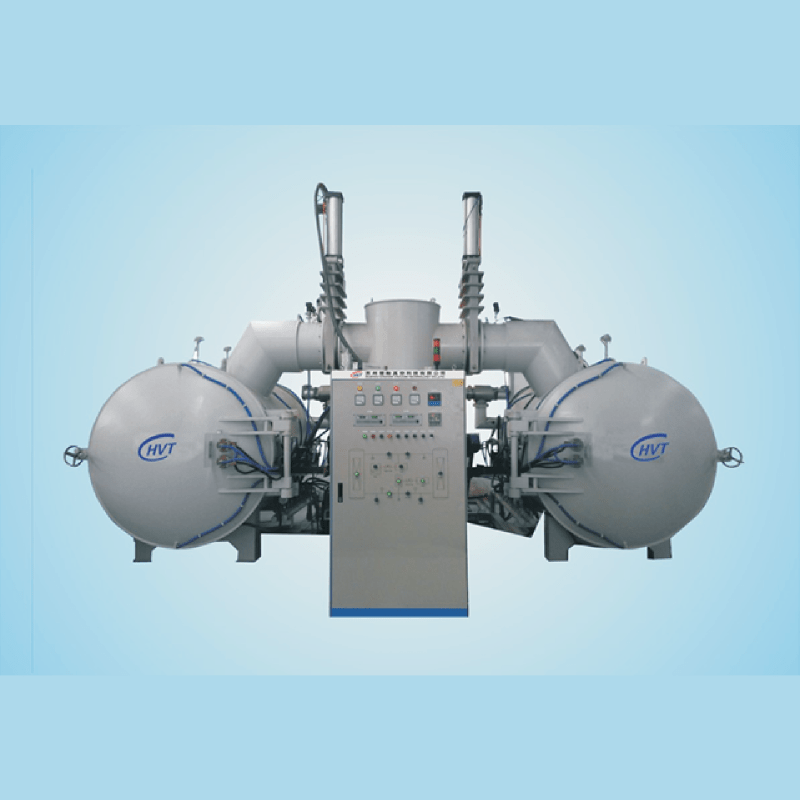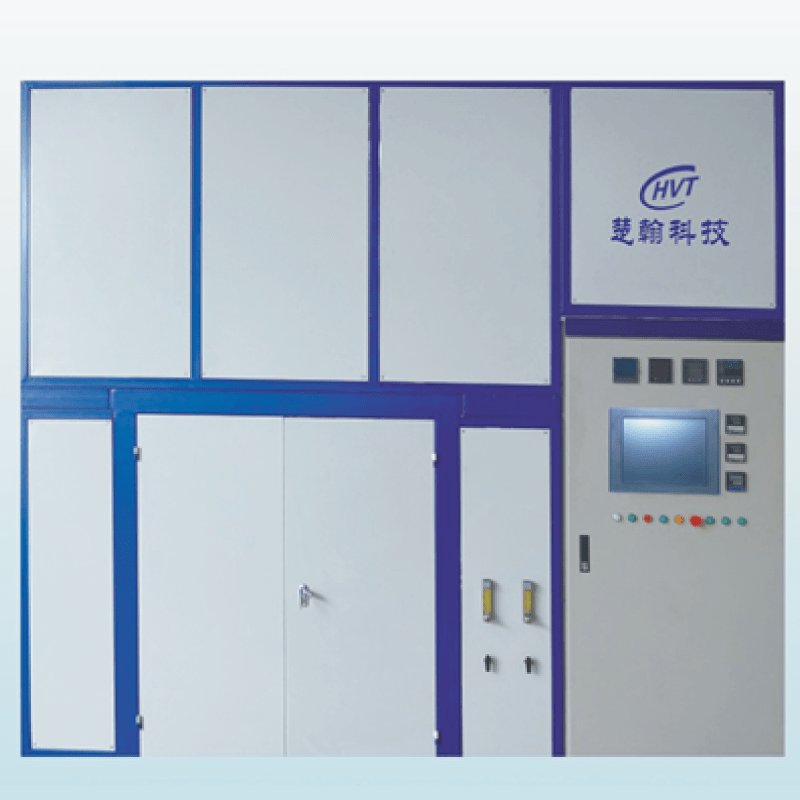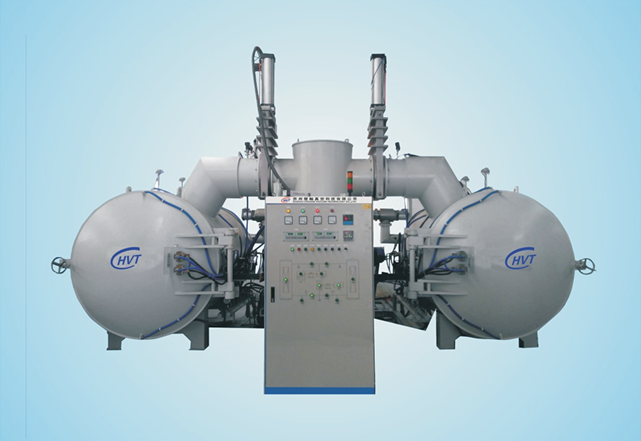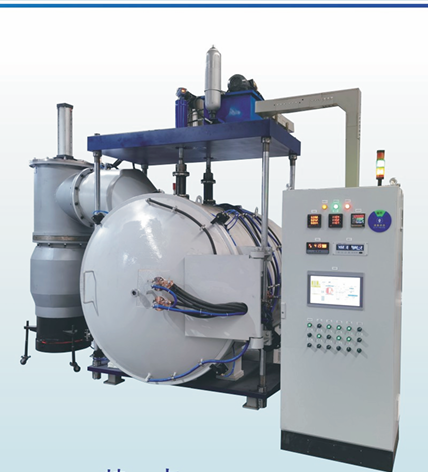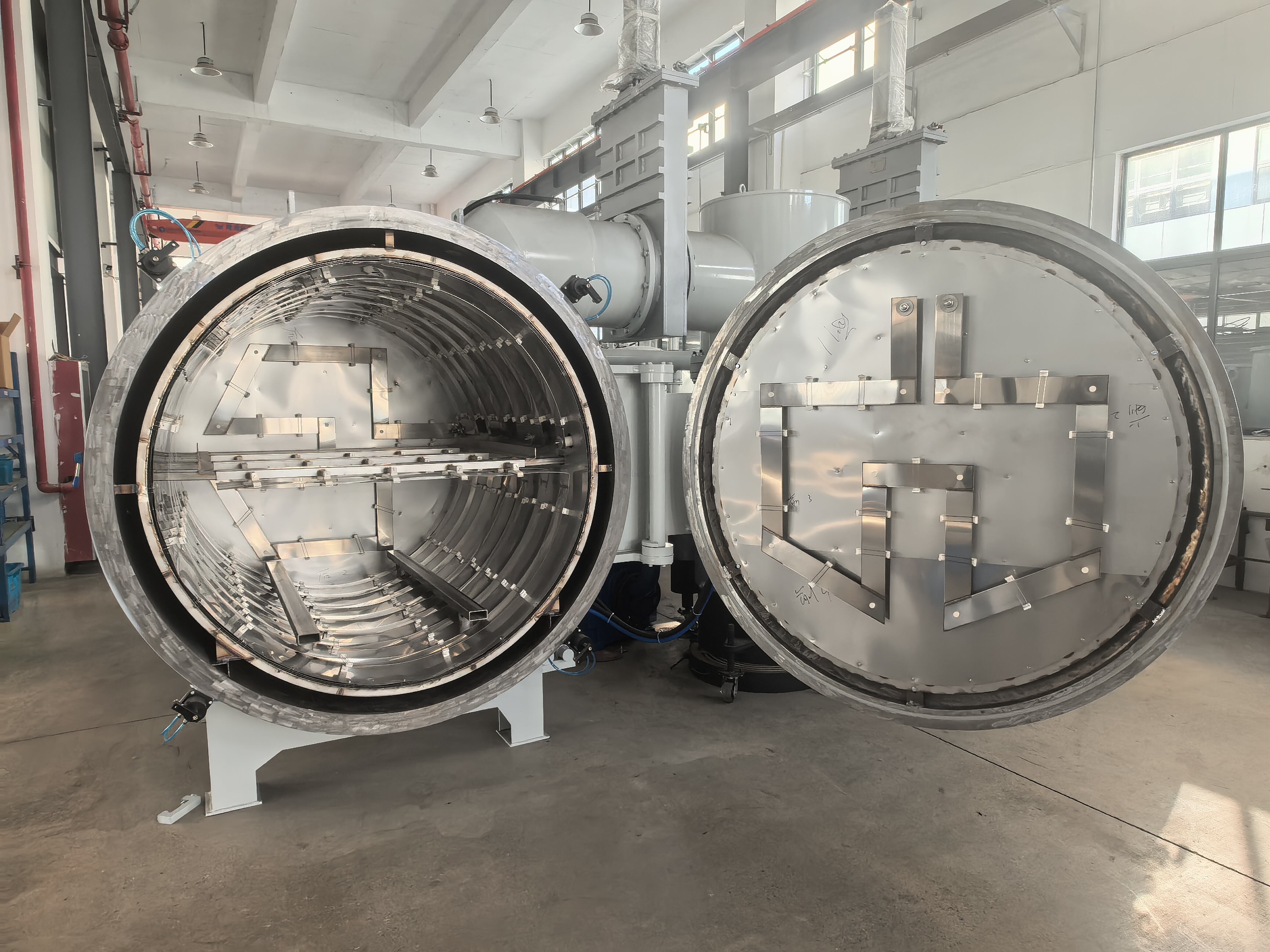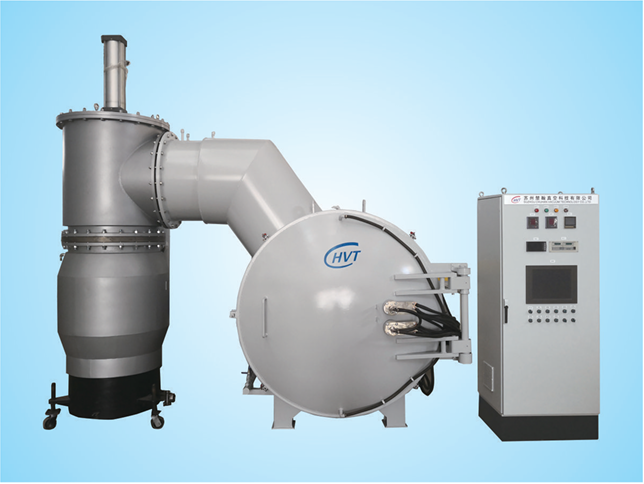induction smelting
Induction smelting is an advanced metallurgical process that utilizes electromagnetic induction to heat and melt metals with exceptional precision and efficiency. This innovative technology employs alternating current passing through a copper coil, creating a powerful magnetic field that induces eddy currents within the metal charge. These currents generate heat directly within the material, enabling rapid and uniform heating. The process takes place in specially designed furnaces that can achieve and maintain precise temperatures, making it ideal for both industrial-scale operations and specialized metallurgical applications. The technology allows for exceptional control over the melting process, including temperature regulation, atmosphere control, and precise chemical composition management. Modern induction smelting systems are equipped with sophisticated monitoring and control systems that ensure consistent results and optimal energy efficiency. The process is particularly valuable in applications requiring high purity metals, precise alloy compositions, or specialized metallurgical treatments. Its versatility allows for processing various metals, from precious metals to industrial alloys, while maintaining strict quality standards and minimizing material loss.

